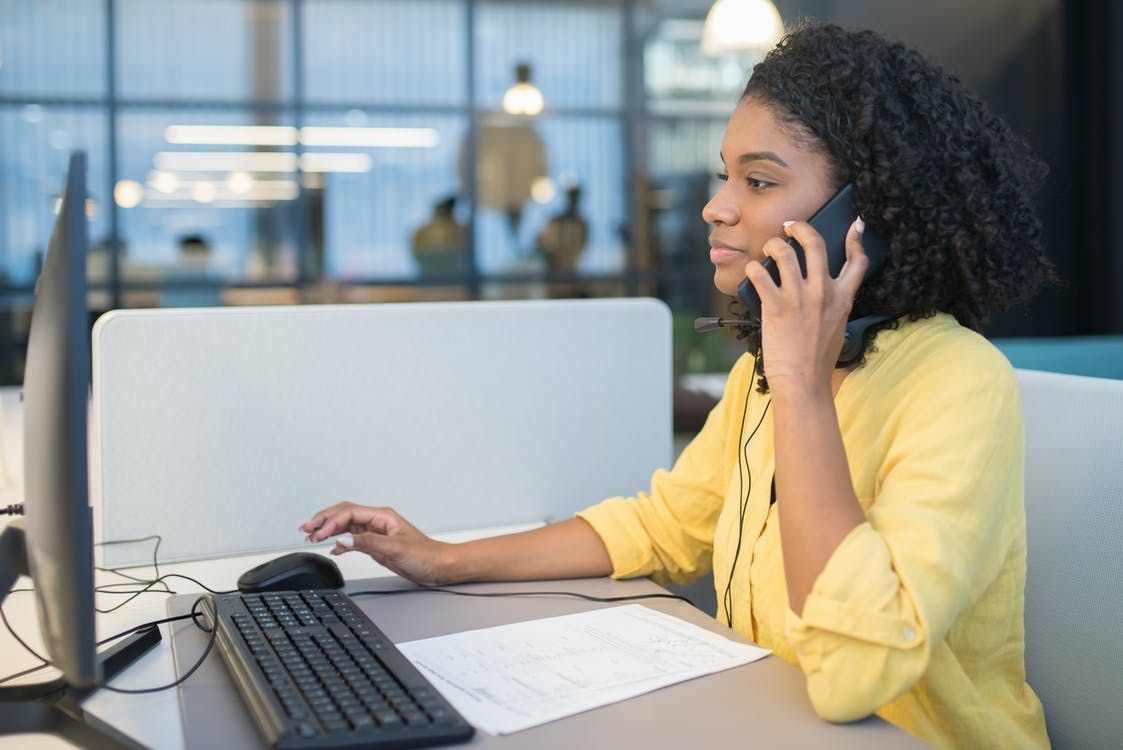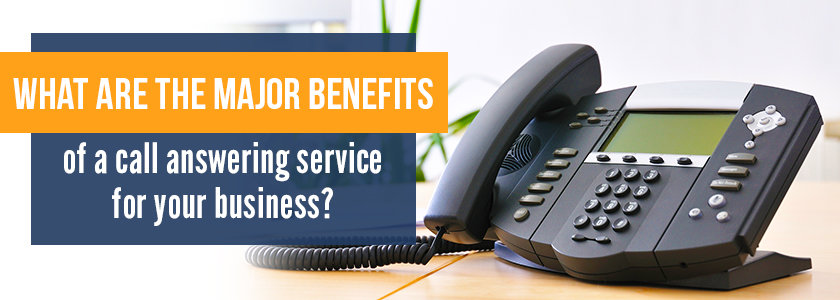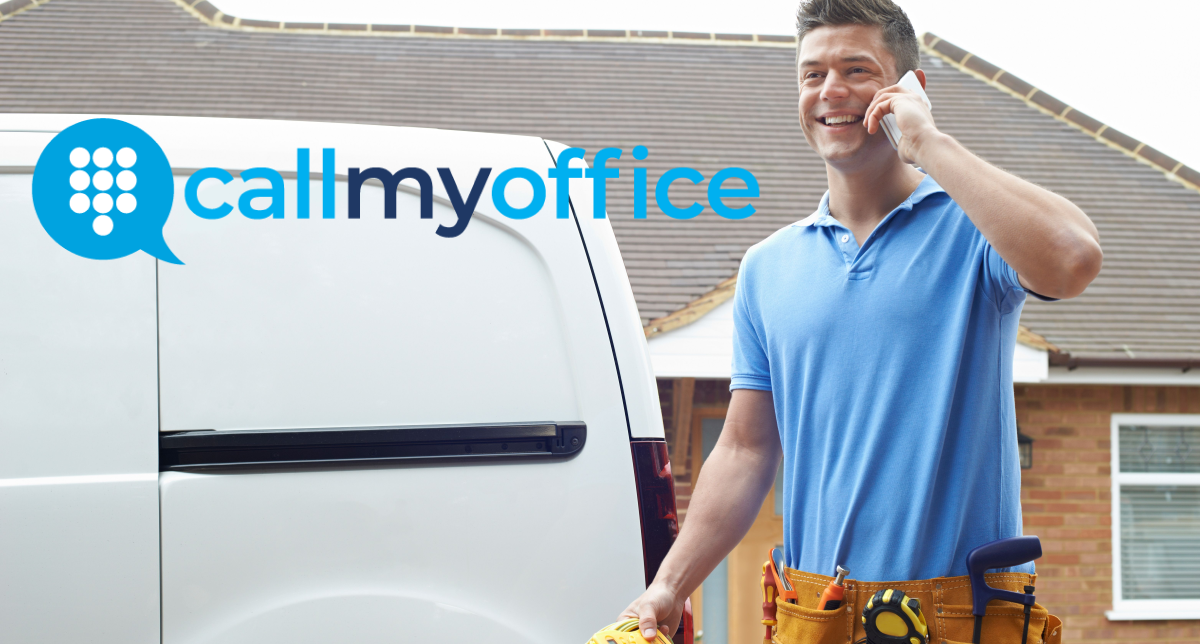All Categories
Featured
Table of Contents
- – Which Is The Best Phone Answering And Messaging...
- – What Is The Best What Are Call Answering Servi...
- – What Is The Best How To Call Forward To An Ans...
- – What Is The Best 14 Benefits Of A Telephone A...
- – What Is The Best What Are Call Answering Serv...
- – Who Makes The Best What Is An Answering Serv...
Which Is The Best Phone Answering And Messaging Service Company
This device and its followers were developed by Sava Jacobson, an electrical engineer with a personal consulting organization. While early answering devices used magnetic tape innovation, most modern equipment utilizes solid state memory storage; some gadgets utilize a mix of both, with a solid-state circuit for the outgoing message and a cassette for the inbound messages.
"toll saving" listed below) (business answering service). This is beneficial if the owner is screening calls and does not wish to speak with all callers. In any case after going, the calling party needs to be informed about the call having been responded to (in many cases this starts the charging), either by some remark of the operator, or by some welcoming message of the little bit, or addressed to non-human callers (e.
This holds specifically for the Littles with digitally stored greeting messages or for earlier machines (prior to the increase of microcassettes) with an unique limitless loop tape, separate from a 2nd cassette, dedicated to recording. There have been answer-only gadgets with no recording capabilities, where the greeting message had to notify callers of a state of present unattainability, or e (business call answering service).
What Is The Best What Are Call Answering Services? - Explained Out There

about availability hours. In tape-recording Little bits the welcoming typically contains an invitation to leave a message "after the beep". A voice mail that utilizes a microcassette to tape-record messages On a dual-cassette answerphone, there is an outbound cassette, which after the defined variety of rings plays a pre-recorded message to the caller.

Single-cassette voice mail contain the outbound message at the beginning of the tape and inbound messages on the staying space. They first play the statement, then fast-forward to the next available space for recording, then tape the caller's message. If there are numerous previous messages, fast-forwarding through them can cause a significant delay.
This beep is frequently described in the greeting message, asking for that the caller leave a message "after the beep". TADs with digital storage for the tape-recorded messages do disappoint this delay, of course. A little bit might provide a remote control center, whereby the answerphone owner can sound the home number and, by entering a code on the remote telephone's keypad, can listen to tape-recorded messages, or delete them, even when far from home.
What Is The Best How To Call Forward To An Answering Service To Buy Right Now

Thus the maker increases the number of rings after which it addresses the call (generally by two, leading to 4 rings), if no unread messages are currently kept, but answers after the set number of rings (normally two) if there are unread messages. This allows the owner to learn whether there are messages waiting; if there are none, the owner can hang up the phone on the, e.
Some machines also allow themselves to be from another location activated, if they have actually been turned off, by calling and letting the phone ring a particular a great deal of times (typically 10-15). Some company abandon calls already after a smaller variety of rings, making remote activation difficult. In the early days of Littles a special transmitter for DTMF tones (dual-tone multi-frequency signalling) was regionally required for push-button control, considering that the previously used pulse dialling is not apt to communicate appropriate signalling along an active connection, and the dual-tone multi-frequency signalling was carried out step-by-step.
Any inbound call is not recognizable with regard to these properties in advance of going "off hook" by the terminal devices. So after going off hook the calls should be changed to proper devices and only the voice-type is right away accessible to a human, but possibly, nonetheless must be routed to a LITTLE (e.
What Is The Best 14 Benefits Of A Telephone Answering Service In 2023 You Can Buy
What if I informed you that you do not have to actually get your device when addressing a consumer call? Someone else will. So practical, right? Responding to phone calls doesn't require someone to be on the other end of the line. Efficient automated phone systems can do the trick just as efficiently as a live agent and sometimes even much better.
An automatic answering service or interactive voice reaction system is a phone system that interacts with callers without a live person on the line - phone call answering. When companies use this technology, clients can get the answer to a concern about your service simply by using interactions established on a pre-programmed call flow.
Although live operators upgrade the customer support experience, lots of calls do not require human interaction. A simple taped message or guidelines on how a client can recover a piece of information generally resolves a caller's instant requirement - answering service. Automated answering services are an easy and efficient way to direct inbound calls to the right person.
What Is The Best What Are Call Answering Services? - Explained Brand
Notice that when you call a company, either for assistance or product query, the first thing you will hear is a pre-recorded voice welcoming and a series of choices like press 1 for client service, press 2 for questions, and so on. The pre-recorded alternatives branch out to other choices depending upon the client's selection.
The phone tree system helps direct callers to the right person or department using the keypad on a mobile phone. In some instances, callers can utilize their voices. It deserves keeping in mind that auto-attendant options aren't limited to the ten numbers on a phone's keypad. As soon as the caller has chosen their first alternative, you can design a multi-level auto-attendant that utilizes sub-menus to direct the caller to the best sort of assistance.
The caller does not need to interact with an individual if the auto-attendant phone system can manage their issue. The automatic service can route callers to a worker if they reach a "dead end" and require help from a live agent. It is costly to work with an operator or executive assistant.
Who Makes The Best What Is An Answering Service? The Ultimate Guide - Cms
Automated answering services, on the other hand, are significantly more economical and offer significant expense savings at an average of $200-$420/month. Even if you do not have committed personnel to deal with call routing and management, an automatic answering service enhances productivity by allowing your team to focus on their strengths so they can more effectively spend their time on the phone.
A sales lead routed to client service is a lost shot. If a client who has product questions reaches the incorrect department or receives insufficient responses from well-meaning staff members who are less trained to manage a specific kind of concern, it can be a reason for disappointment and frustration. An automatic answering system can reduce the number of misrouted calls, therefore assisting your staff members make much better use of their phone time while freeing up time in their calendar for other tasks.
With Automated Answering Systems, you can produce an individualized experience for both your staff and your callers. Make a recording of your main welcoming, and simply update it frequently to show what is going on in your company. You can develop as lots of departments or menu choices as you desire.
Table of Contents
- – Which Is The Best Phone Answering And Messaging...
- – What Is The Best What Are Call Answering Servi...
- – What Is The Best How To Call Forward To An Ans...
- – What Is The Best 14 Benefits Of A Telephone A...
- – What Is The Best What Are Call Answering Serv...
- – Who Makes The Best What Is An Answering Serv...
Latest Posts
Cost-Effective Hospitality Answering Service Near Me – Woden 2606
Premium Call Management Service Near Me
Detailed Emergency Call Answering Service – Norwood 5067
More
Latest Posts
Cost-Effective Hospitality Answering Service Near Me – Woden 2606
Premium Call Management Service Near Me
Detailed Emergency Call Answering Service – Norwood 5067